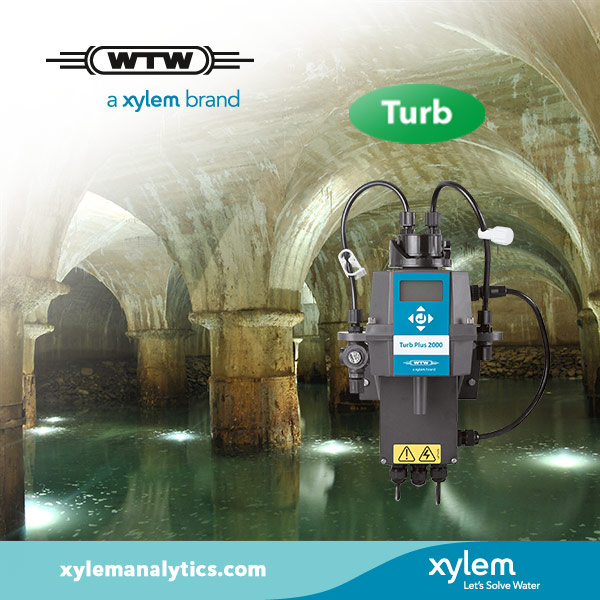
For many drinking water treatment plants, turbidity is the most important parameter. In several regions, plants have to measure turbidity after every treatment step and they have to meet a limit of lower than 1 NTU at the plant outlet.
Turbidity monitoring for drinking water
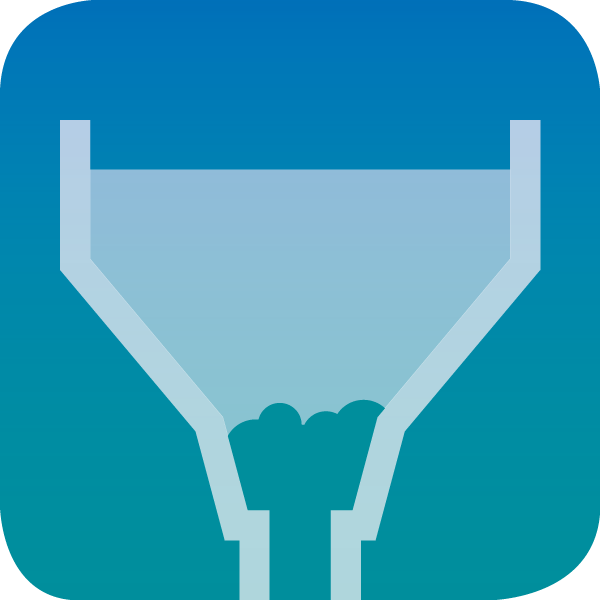
Sedimentation
Sedimentation including upstream precipitation or flocculation is not only used to remove coarse particles. It also reduces turbidity to protect downstream filters from too fast coating. Therefore, turbidity should be monitored after the sedimentation.
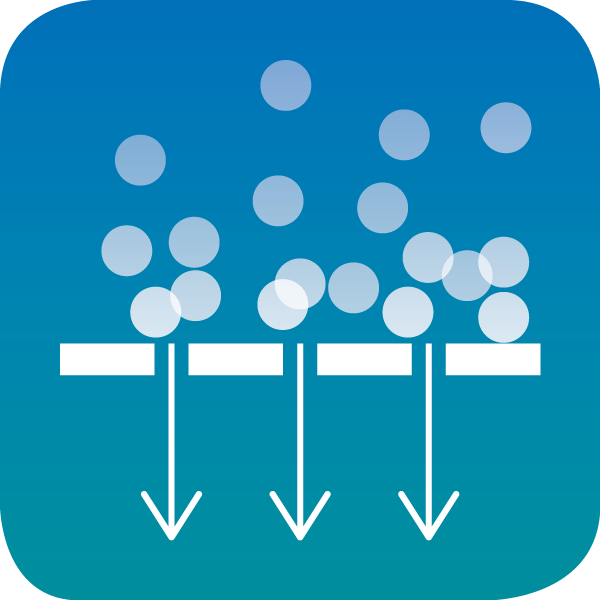
Filtration
Turbidity can be measured to avoid too high loads reaching the filter. Otherwise fiters might be coated too fast and need to be flushed more often.
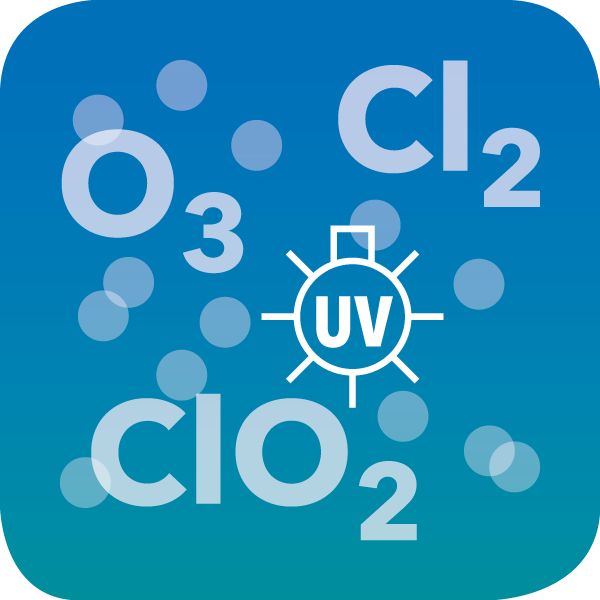
Disinfection
Low turbidity values are essential for effcient disinfection. Otherwise, disinficcants or UV light might not reach the micro organsims, as they are protected by biofilms or particles.
More informationen about drining water can you find here.
The new Analyzer Turb PLUS 2000

- High accuracy of ±2% of reading or ±0.02 NTU below 40 NTU
- Ultrasonic Cleaning System
- ISO and EPA compliant
- Resolution down to 0.0001 NTU
- 20 mA Current and RS 485 (Modbus RTU)
- Can be integrated into existing IQ SENSOR NET via MIQ/IC2
To the product
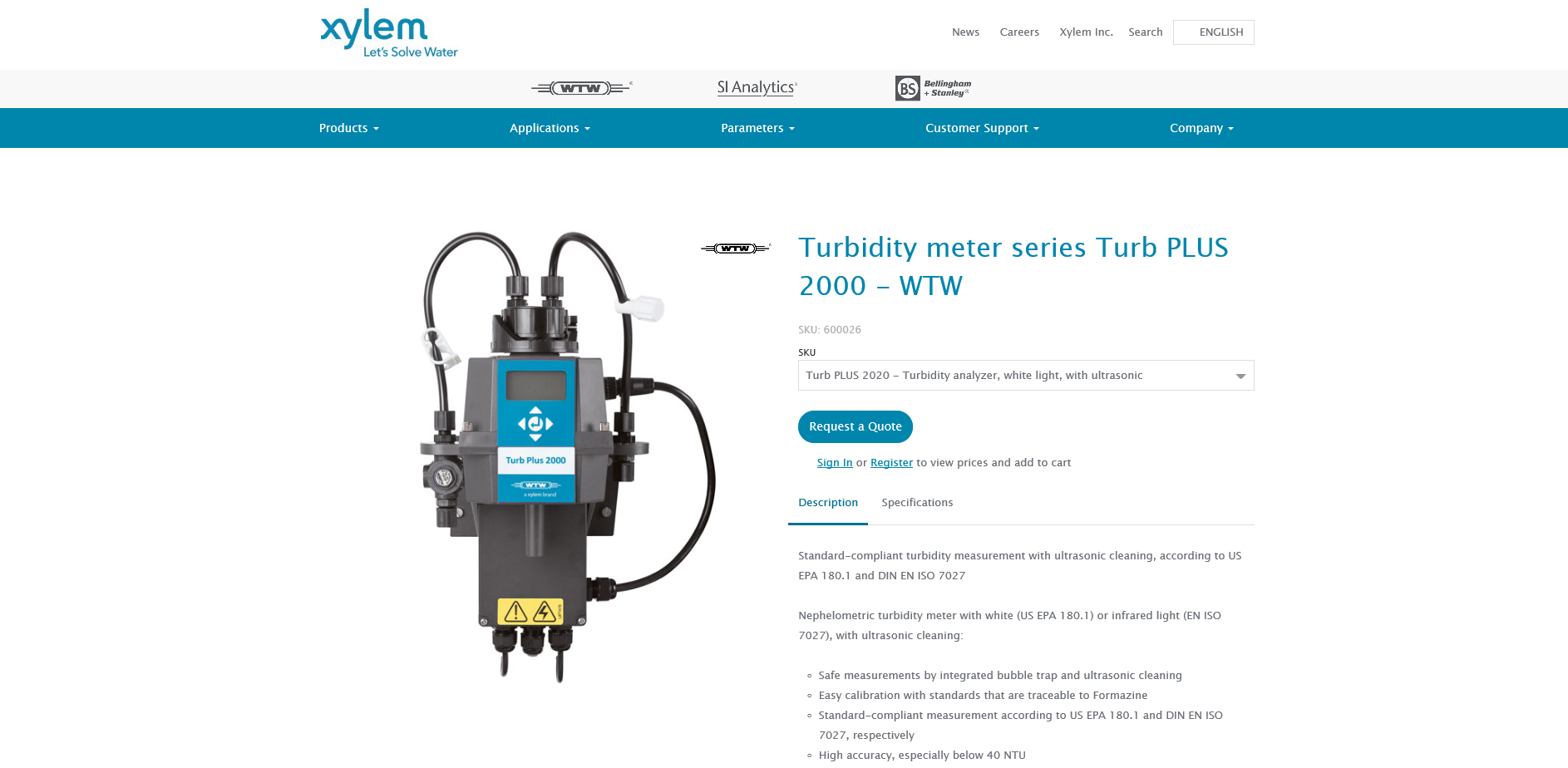 Read more about the details of the Turb PLUS 2000 at the product detail page
Read more about the details of the Turb PLUS 2000 at the product detail page
Get information & request your Quote here!
Accessories for Turb PLUS 2000
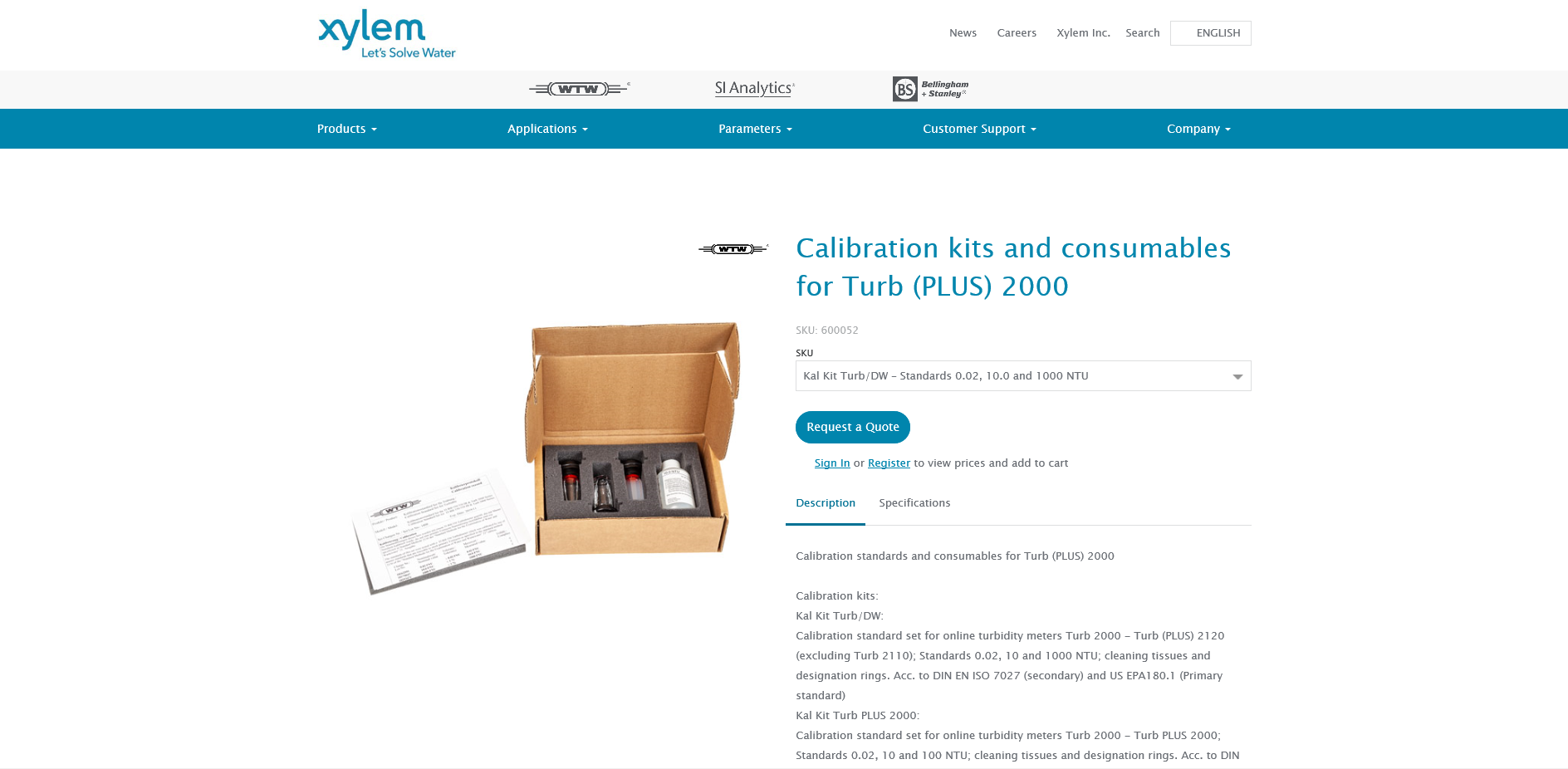 Read more about the details of calibration kits and desiccant pouch at the product detail page
Read more about the details of calibration kits and desiccant pouch at the product detail page
Get information & request your Quote here!
Downloads
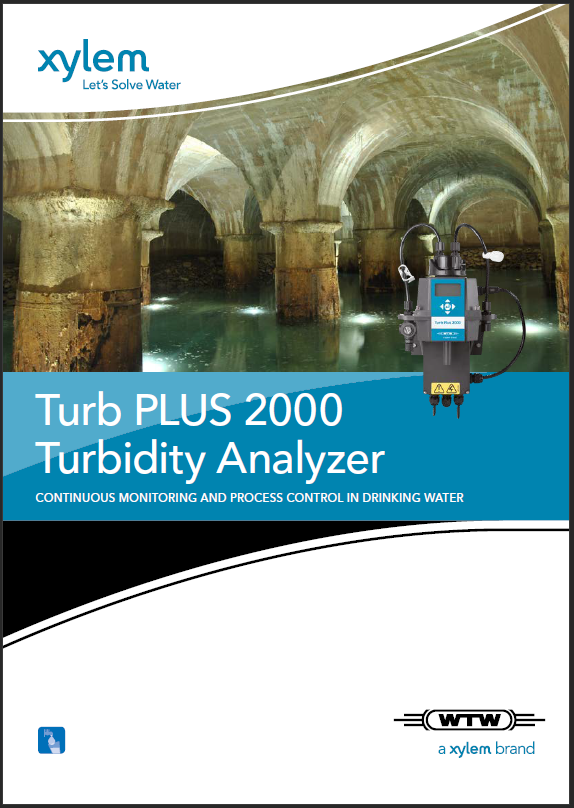
Download the product flyer of the new Turb PLUS 2000 analyzer from WTW as a pdf
(999321US, English, ca. 580 KB)
Download data sheet D7.06 of the new Turb PLUS 2000 from WTW as a pdf
(999320US, English, ca. 130 KB)
Further instrumentation for drinking water monitoring
A detailed list of our products for drinking water monitoring can be found here. The most important products we present here directly.
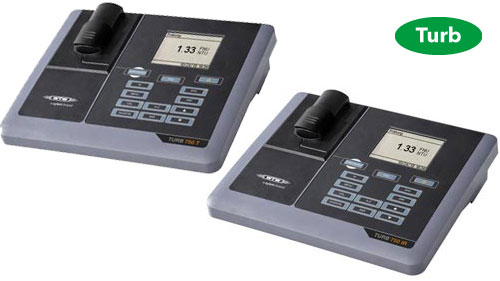
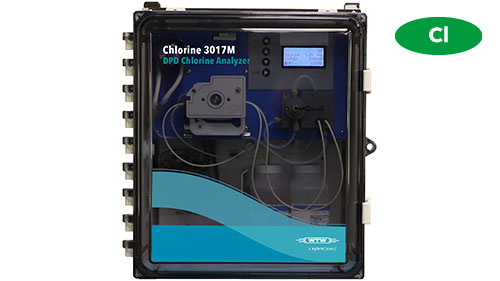
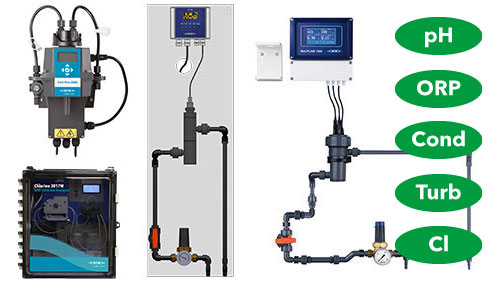
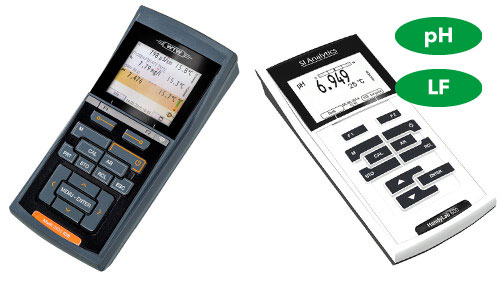
View products View products View products View products

View products